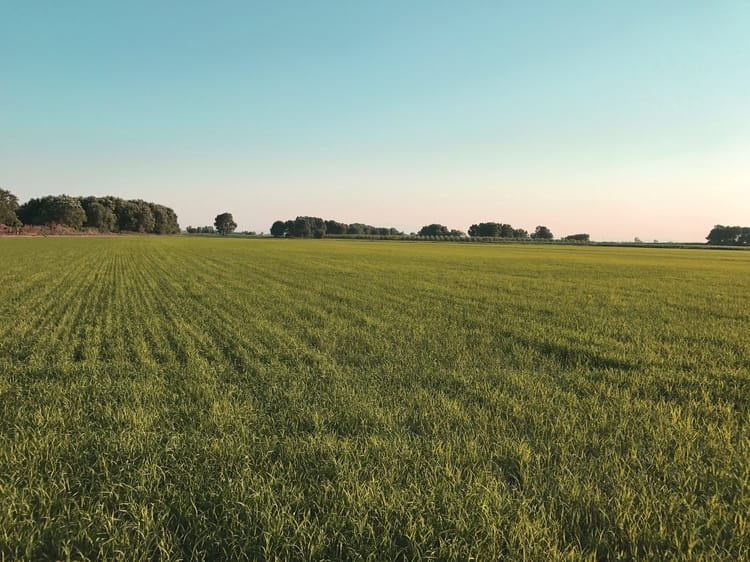Drip irrigation for rice is changing the rules of the game
The 5,000 year old assumption that rice grows best anaerobically is now being challenged. Rice grown with drip irrigation not only outproduces conventional paddy rice, but also uses 70% less water, diminishes methane emissions to almost zero, and reduces arsenic uptake by up to 90%.
Why choose drip irrigation for rice?
- Rice plants actually prefer drip irrigation
Rice has the extraordinary ability to grow in anaerobic conditions. But, like most other grains, its optimal environment is actually aerobic. For thousands of years, farmers successfully leveraged paddy cultivation’s unique environment to maximize both irrigation and weed control advantages. Today, however, both herbicide and irrigation technology have evolved, eliminating the advantages of anaerobic cultivation and positioning rice plants to flourish with precision irrigation. - Higher profits
Switching to drip increases yields by up to 50%, reaching up to 12 tons/ha. With drip, you can also grow more than one crop cycle in rotation, making better use of every hectare. -
Healthier, more marketable rice
With paddy farming, rice roots are submerged, consuming heavy metals and skyrocketing the presence of arsenic within the grain, which is a significant health hazard. With drip irrigation, rice roots are not submerged, reducing arsenic uptake by 90%.

Conserve resources and save the planet
- Water efficiency
Producing a ton of rice in a paddy system will consume 5,000 cubic meter (m3) of water. Alternatively, that same ton grown with drip irrigation will need only 1,500 cubic meter (m3). Drip eliminates evaporation, run-off and percolation. - Huge environmental impact
Paddy rice cultivation generates 20% of methane gas emissions worldwide. If only 10% of paddy rice farmers switch to drip, the drop in emissions will be equivalent to taking 40 million cars off the road.
Things we often get asked:

Are you ready to break the conventional rules on rice farming?
It’s time to grow profitable, safe, healthy and environmentally friendly rice.
